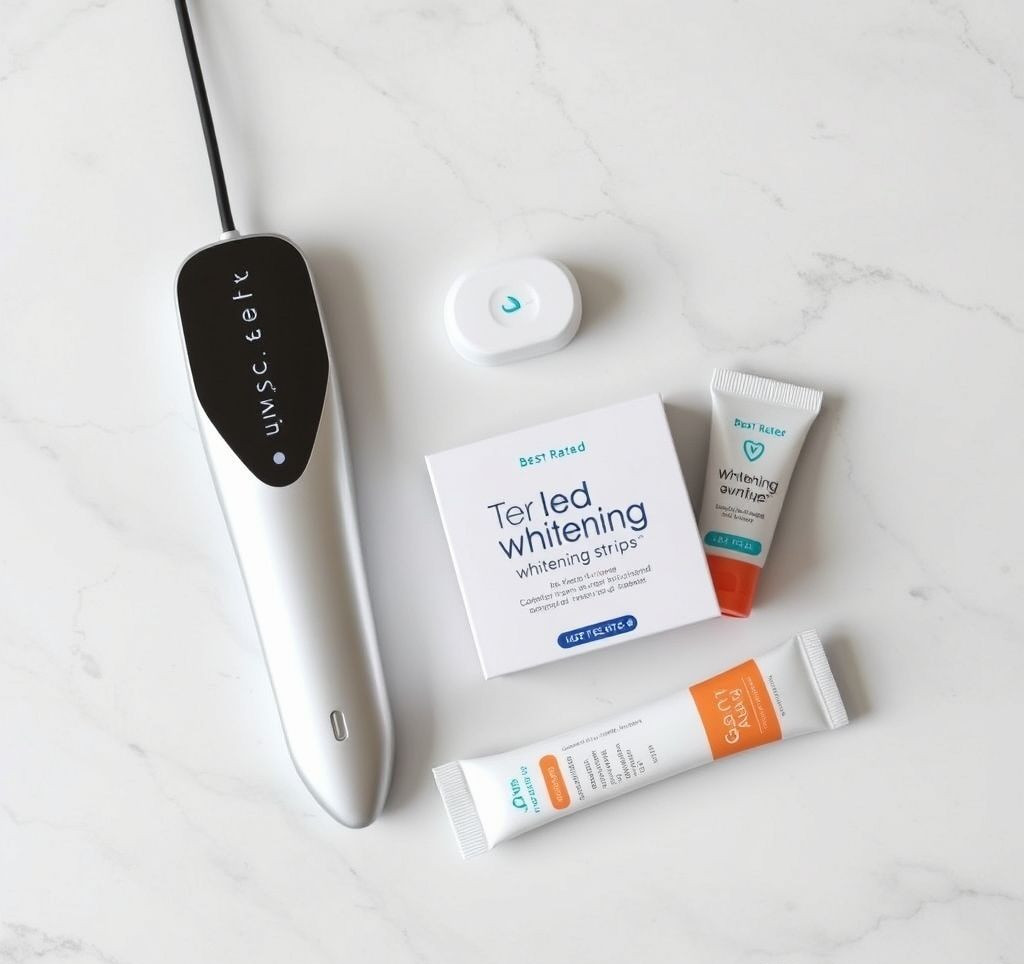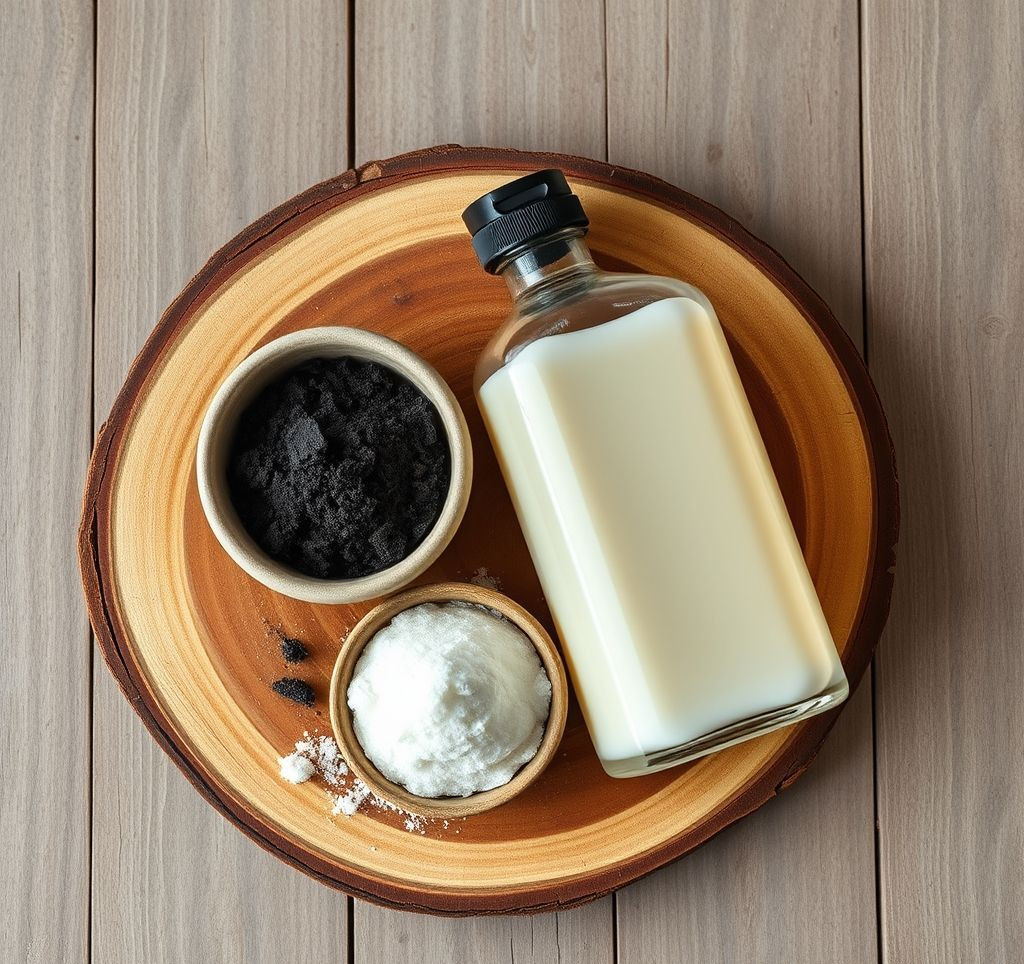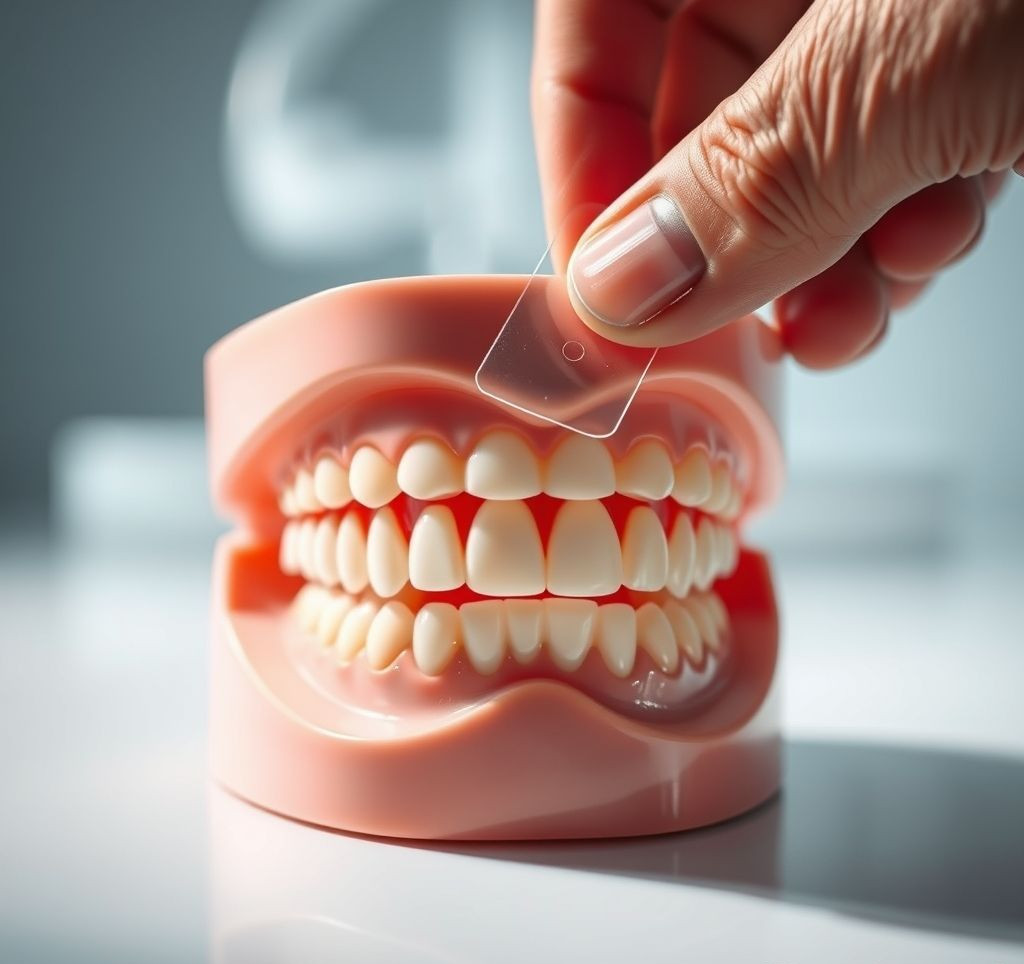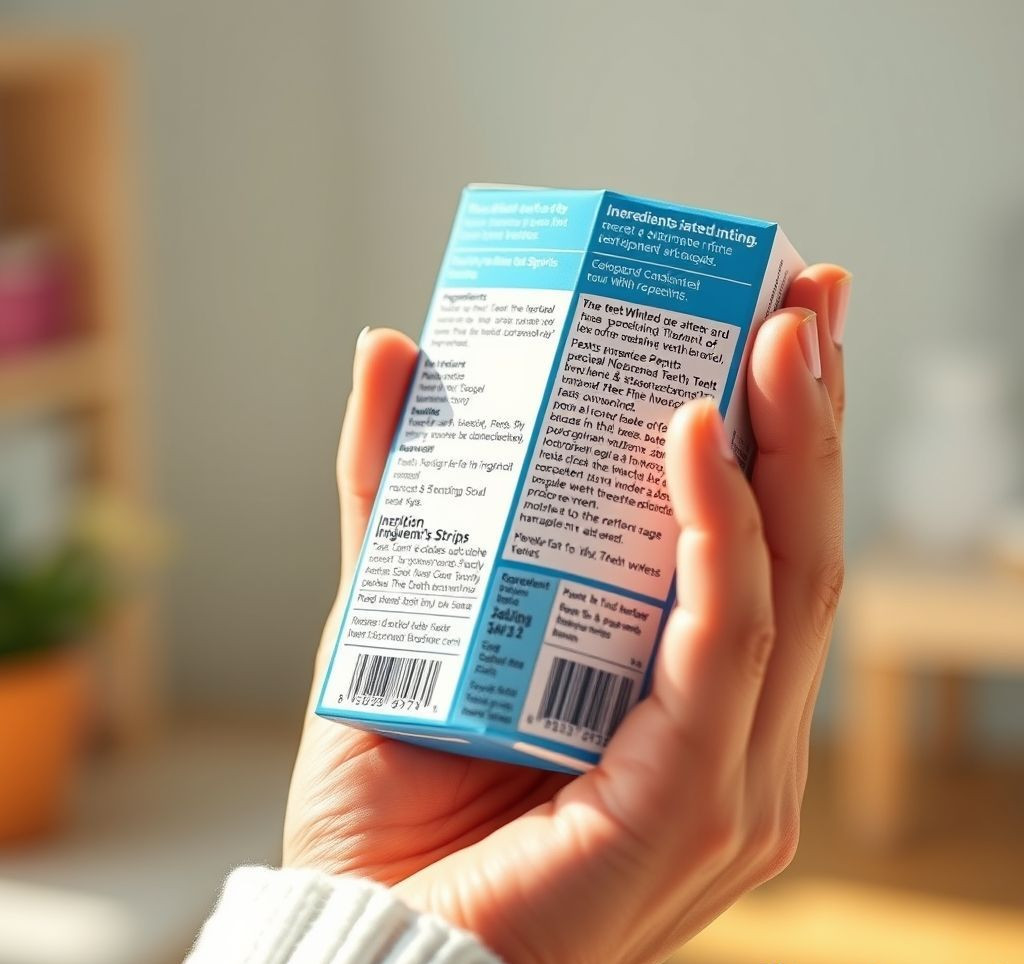Embarking on a low-carb lifestyle can be a deliciously rewarding journey, but it’s natural to encounter a few questions along the way. Whether you’re just starting out or looking to refine your approach, understanding the ins and outs of low carb recipses is key to success. This FAQ addresses the top 10 most common inquiries, providing you with the knowledge and confidence to create flavorful and satisfying low carb meals.
Why Conquering Your Low Carb Questions is Crucial
Addressing your low carb questions directly impacts your success and enjoyment in several ways:
- Improved Adherence: Understanding the “why” behind dietary choices makes it easier to stick to the plan long-term.
- Increased Variety: Knowing how to substitute ingredients and adjust recipes opens up a world of culinary possibilities.
- Boosted Confidence: Mastering low carb cooking empowers you to create meals you love and feel good about.
- Better Results: Addressing common pitfalls and optimizing your approach can lead to improved health outcomes.
Core Principles & Foundational Knowledge for Low Carb Recipses
Before diving into specific questions, let’s establish some ground rules. The low-carb approach typically focuses on limiting carbohydrate intake while emphasizing healthy fats and protein. Understanding macronutrient ratios is helpful. Aim to identify which ingredients are naturally plentiful in carb content and identify swaps.
- Macronutrients: Know that fats, proteins, and carbohydrates constitute nutrition.
- Net Carbs: This is the total carbohydrates minus fiber and sugar alcohols. Focus on counting *net carbs*.
- Ingredient Awareness: Understand which foods are naturally high in carbohydrates (e.g., grains, starchy vegetables, sugary fruits) and which are low (e.g., leafy greens, non-starchy vegetables, meats, cheeses).
Your Top 10 Low Carb Recipses Questions Answered
- What are good alternatives to traditional flour in low carb recipses? Almond flour, coconut flour, and psyllium husk powder are excellent options. Each has a different texture and absorption, so experiment to find your favorite. A blend may also be beneficial.
- How do I calculate net carbs in a recipe? Net carbs are calculated by subtracting the fiber content and sugar alcohols from the total carbohydrate count. Check food labels carefully.
- Can I still eat fruit on a low carb diet? Yes, but choose wisely. Berries (strawberries, blueberries, raspberries) are lower in carbs than many other fruits. Enjoy them in moderation.
- What are the best sweeteners to use in low carb baking? Erythritol, stevia, monk fruit, and xylitol are popular choices. Always read labels carefully and use sparingly, as some people experience digestive upset from certain sweeteners.
- How do I thicken sauces without using flour or cornstarch? Xanthan gum, guar gum, and cream cheese are effective thickeners in low carb recipes. A little goes a long way!
- What are some quick and easy low carb meal ideas? Egg scrambles with vegetables and cheese, salads with grilled chicken or fish, and cauliflower rice bowls are all great options.
- How can I meal prep low carb to stay on track during the week? Cook proteins in bulk (grilled chicken, hard-boiled eggs), chop vegetables ahead of time, and portion out snacks. Having healthy options readily available makes it easier to avoid carb cravings.
- What are some good low carb snack options? Nuts, seeds, cheese sticks, and celery sticks with nut butter are all satisfying and nutritious snacks.
- How do I deal with carb cravings when starting a low carb diet? Increase your intake of healthy fats, stay hydrated, and find healthy ways to manage stress. Cravings typically subside after a week or two as your body adapts.
- Are there any hidden sources of carbs I should be aware of? Sauces, dressings, processed foods and deli meats can often contain added sugars or starches. Always read labels carefully and choose whole, unprocessed foods whenever possible.
Expert Tips & Best Practices for Low Carb Recipses
To truly excel with low carb recipses, consider these expert tips:
- Hydrate Ruthlessly: Water plays a massive role in helping your body to adjust to the change of fuel.
- Be Patient: Adapting to a low-carb lifestyle takes time. Don’t get discouraged by occasional slip-ups. Just get back on track with your next meal.
- Don’t fear fat: Healthy fats are your friend! They help you feel full and satisfied. Choose sources like avocado, olive oil, nuts, and seeds. According to a 2018 study published in *The Lancet*, moderate fat intake is not associated with increased cardiovascular risk.
- Master the “Fathead” dough. This remarkably simple dough (cream cheese, mozarella, almond flour and egg or occasionally psyllium husk) is a staple of the low-carb kitchen.
“The human body is amazingly adaptable to whatever we put into it – which is why it can withstand the barrage of unhealthy foods we often subject it to. But that doesn’t mean it thrives on them.” – Dr. Mark Hyman, *Food: What the Heck Should I Eat?*



















